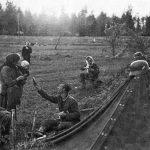Throughout World War II, food shortages became an inevitable reality in Britain. The war not only affected soldiers on the battlefield but also millions of civilians on the home front.
This post will take you back to 1943, when rationing was in full swing, and show you what life was like for two people surviving on their weekly food rations in wartime Britain.
Join us as we explore the hardships, ingenuity, and resilience of ordinary Britons.
Introduction to Food Rationing: Why Was It Necessary?
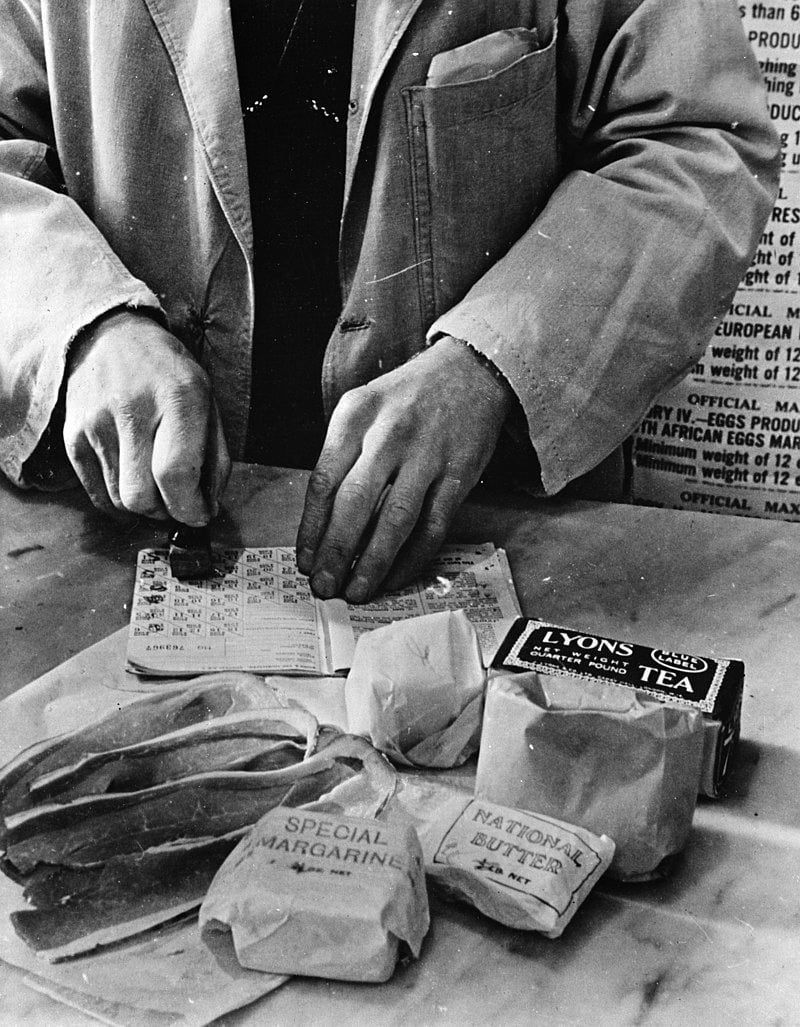
By 1939, Britain relied heavily on imported food, with two-thirds of its food supply arriving by ship. As the war began, German U-boats targeted these ships, creating a dangerous scenario.
Britain was faced with a harsh reality: to maintain supplies and reduce waste, food had to be rationed.
Surprisingly, many citizens supported the idea. Around 60% of Britons believed that rationing would ensure a fair distribution of food. The Ministry of Food acted quickly, introducing ration books and controlling food supplies.
As one contemporary remarked, “Rationing wasn’t about limiting, it was about ensuring that no one went hungry.”
What Did the Weekly Ration Include?
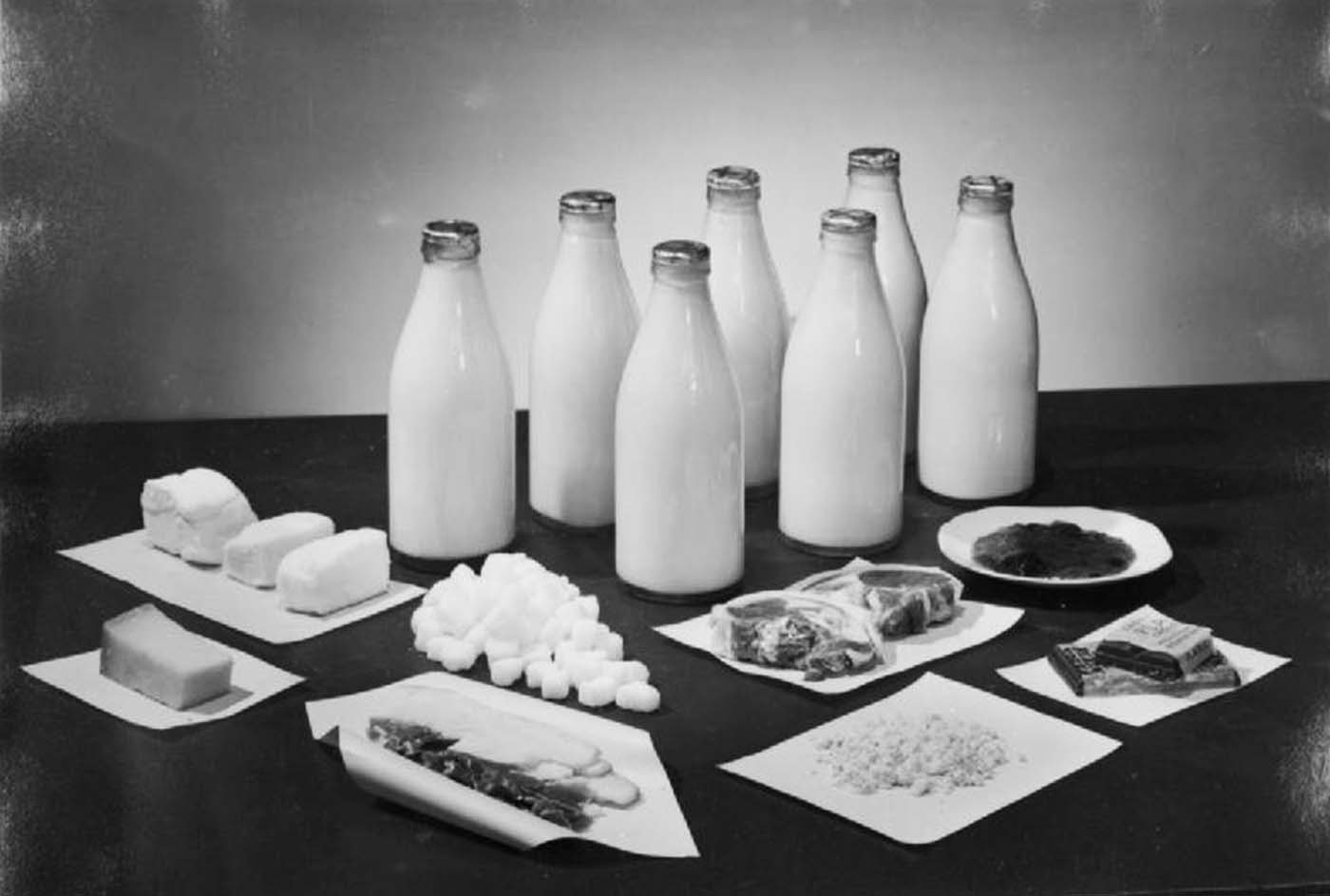
The weekly food ration for two people in Britain in 1943 was modest by today’s standards but carefully structured to ensure essential nutrition. Here’s what the ration typically included:
Bacon & Ham: 4 oz (113g) – about four thin slices
Butter: 4 oz (113g)
Margarine: 4 oz (113g)
Cheese: 4 oz (113g)
Sugar: 8 oz (227g)
Tea: 2 oz (57g)
Milk: 3 pints per week
Eggs: 1 egg per person or powdered egg equivalent
Meat: 1s 2d worth (around 227g of minced beef or the equivalent)
Though many essential items were rationed, there were some foods that weren’t, like fresh vegetables and fruit.
However, these were in short supply. Imported fruits like bananas and lemons disappeared almost entirely from British tables.
Oranges were reserved for children and pregnant women, who could prove their status through special ration books. In fact, many young children in 1942 didn’t believe bananas were real, having never seen one!
The ‘Dig for Victory’ Campaign

With limited imports and growing food scarcity, the government introduced the Dig for Victory campaign. This campaign encouraged households to grow their own vegetables, turning every available patch of land into a garden.
Even urban spaces and public parks became mini-farms. Families grew carrots, potatoes, and cabbage in their backyards, while larger plots were used to feed entire communities.
This move toward self-sufficiency not only filled dinner plates but also boosted morale. One 1943 poster encouraged Britons to “sow the seeds of victory in your garden,” a reminder that everyone, regardless of their location, played a role in the war effort.
Eating Out with Limited Options
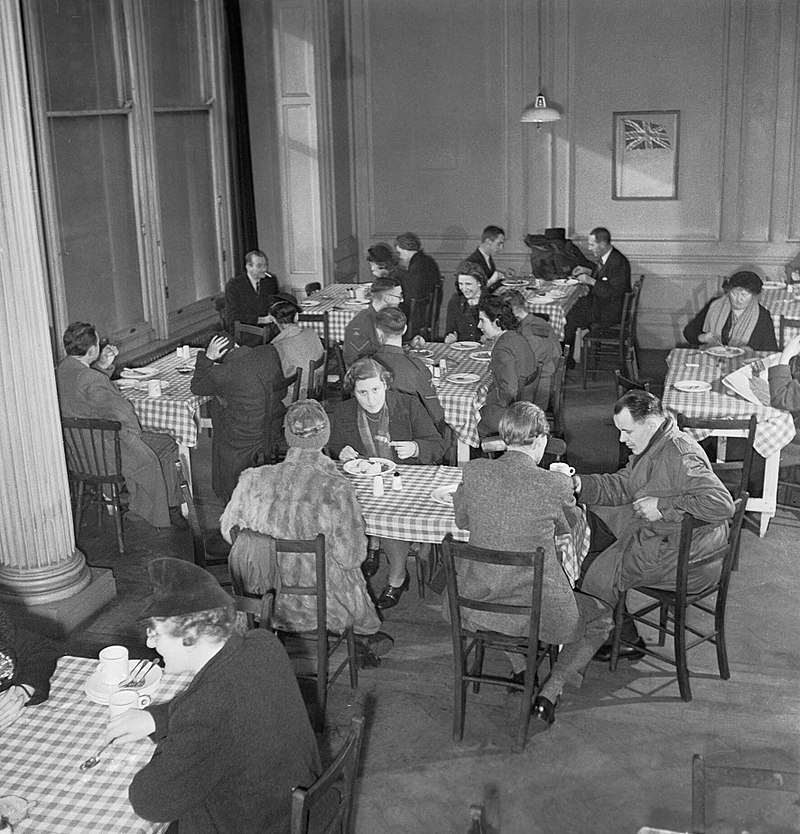
While eating at home was strictly regulated, restaurants were initially exempt from rationing. However, this sparked resentment. Many felt that wealthier people were skirting rationing by dining out frequently.
To address this, the Ministry of Food issued new rules in May 1942. Meals at restaurants were limited to three courses, with only one dish containing meat, fish, or poultry. Moreover, a meal couldn’t cost more than five shillings.
Despite these, public catering establishments, known as British Restaurants, flourished. These were set up in schools and church halls, offering a basic three-course meal for a mere nine pence, a much-needed option for workers and those whose homes had been bombed.
Life Under Rationing: The National Loaf and More
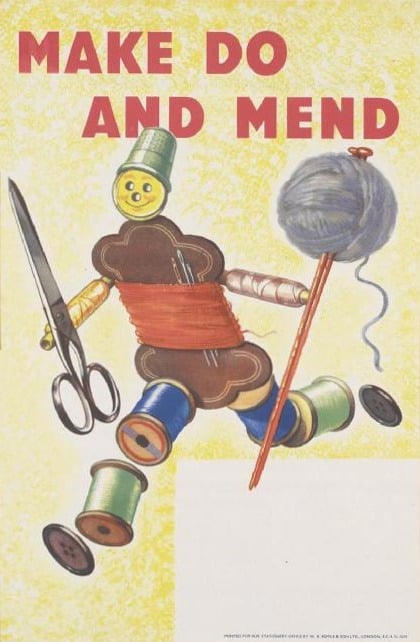
A significant change to the British diet during the war was the introduction of the National Loaf, a wholemeal bread that replaced white bread. Made from more nutritious flour, this bread was greyish and often described as “mushy.”
Housewives grumbled about its texture, blaming it for indigestion, but it became a staple part of daily life.
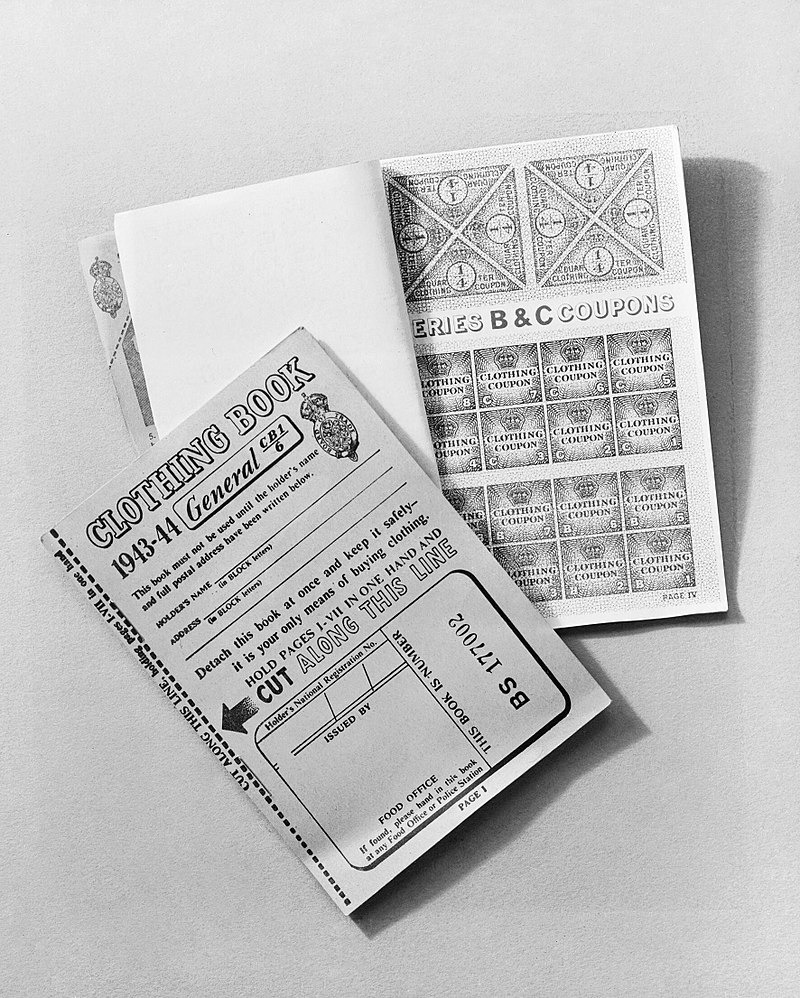
Milk, butter, cheese, and tea were rationed strictly, but certain goods, such as honey and game meat (like rabbit), were unrationed yet limited in availability.
Fish, too, was often in short supply, and as one wartime British housewife commented, “Even fish and chips didn’t taste the same with substandard frying fat.”
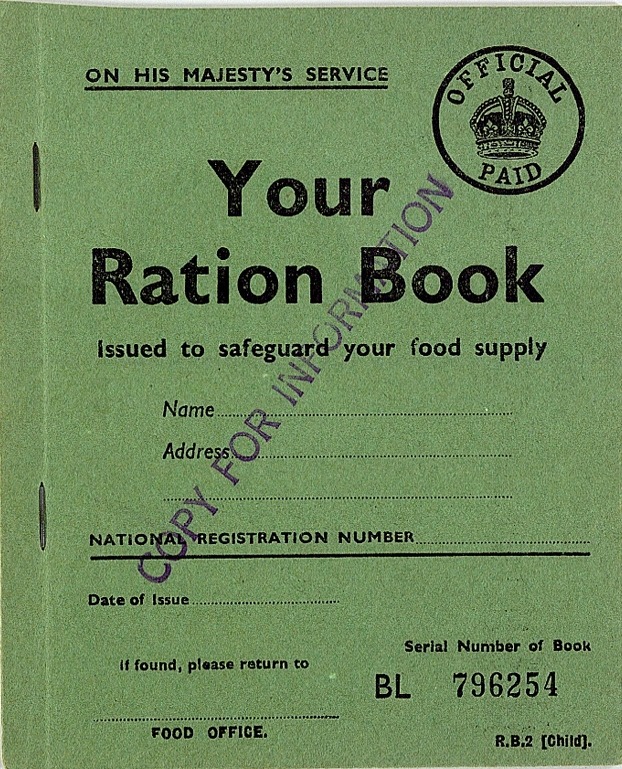
The British population’s health improved during the war. The enforced diet was low in fats and sugars but high in nutrients, thanks to increased consumption of vegetables and wholemeal products. Infant mortality rates declined, and life expectancy rose.
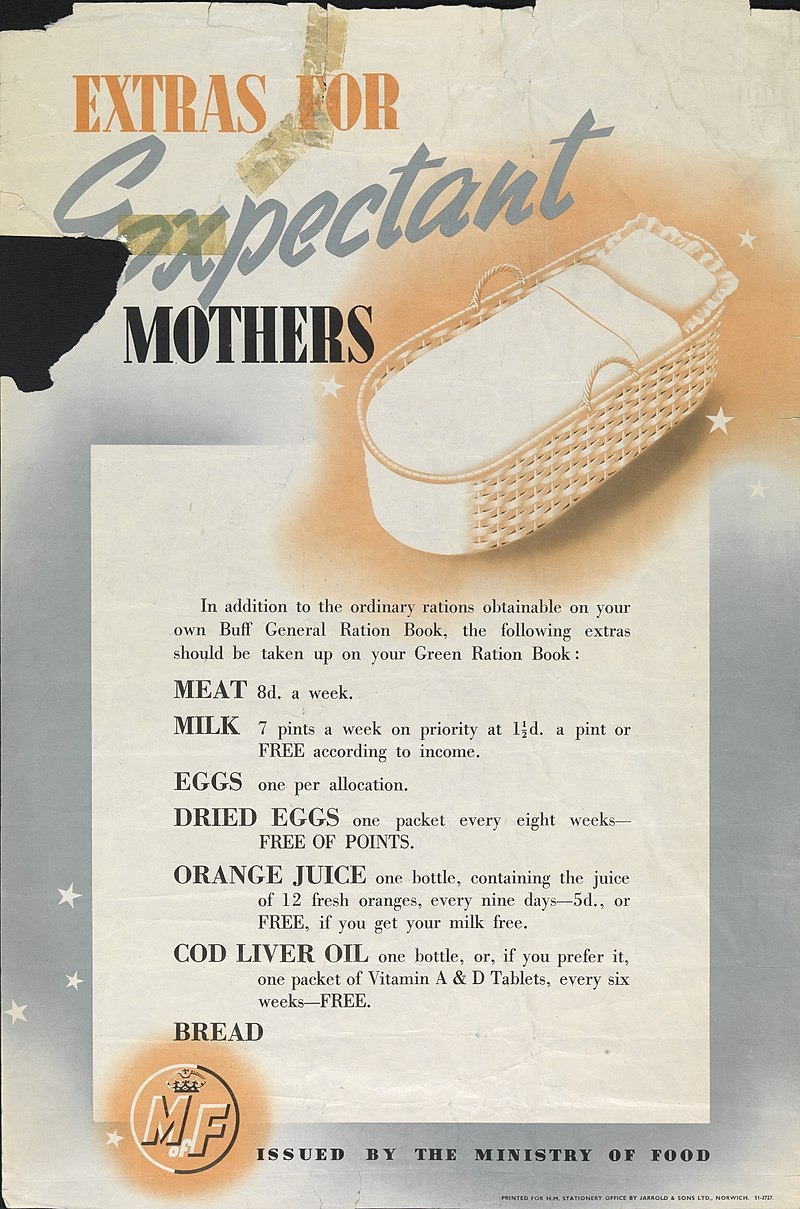
Government programs also ensured that vulnerable groups, such as children and expectant mothers, received additional nourishment.
Orange juice and cod liver oil were distributed free to children, while pregnant women and young children were given priority access to limited supplies of milk and fruit.
The End of Rationing: Joy and Relief
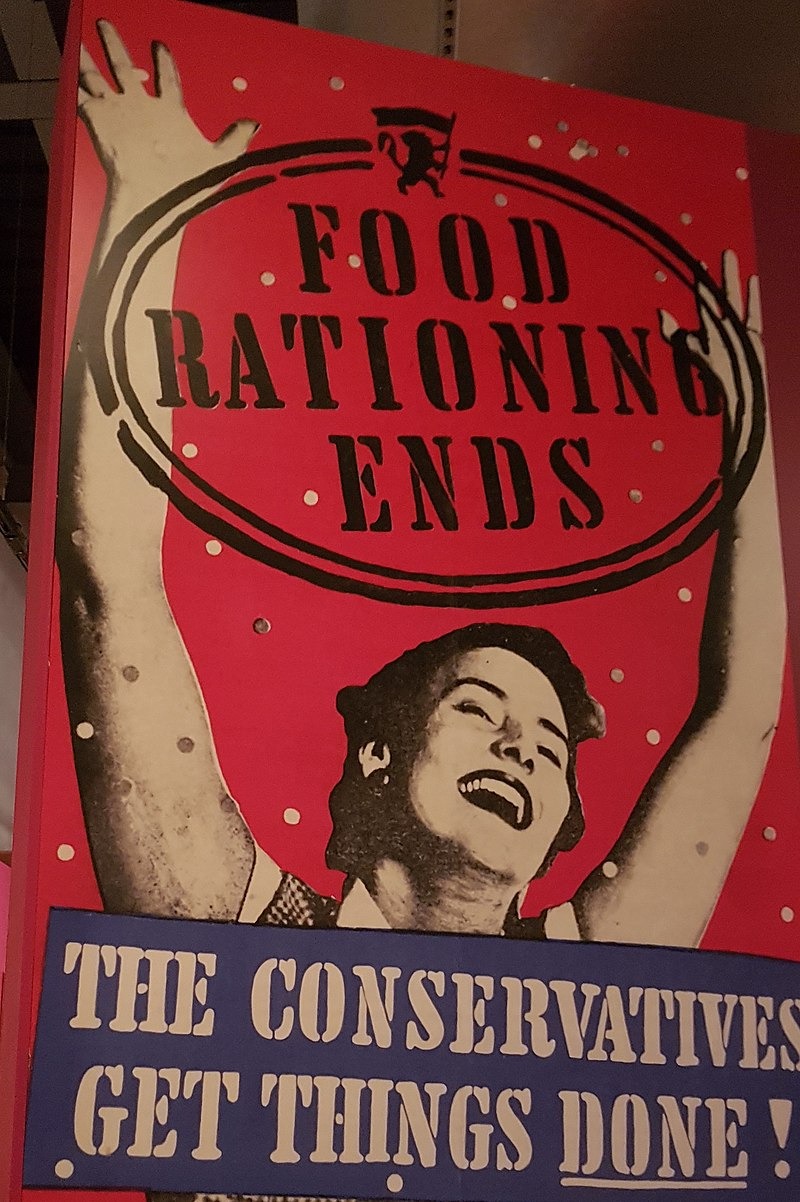
Even after the war ended in 1945, rationing continued, with some restrictions remaining in place until 1954. People longed for the day when they could once again enjoy sweets, butter, and white bread without the constraints of ration books.
The public celebrated as the rationing was lifted. The streets of Britain came alive with color once more as shops displayed an abundance of previously unavailable goods.
The Times noted in December 1954: “The shops display an almost Dickensian abundance of sweets and foods… to supplement the turkey and the pudding which are the mainstays of the season’s menu.”


